Did Your Competitor Just Launch a Rewards Program with a Loyalty Card Platform?
In today's competitive landscape, customer loyalty programs are more crucial than ever. Brands across various industries are launching or revamping their loyalty card programs to capture consumer attention and drive repeat business. This trend reflects a growing recognition of the importance of retaining customers through structured incentives that encourage engagement.
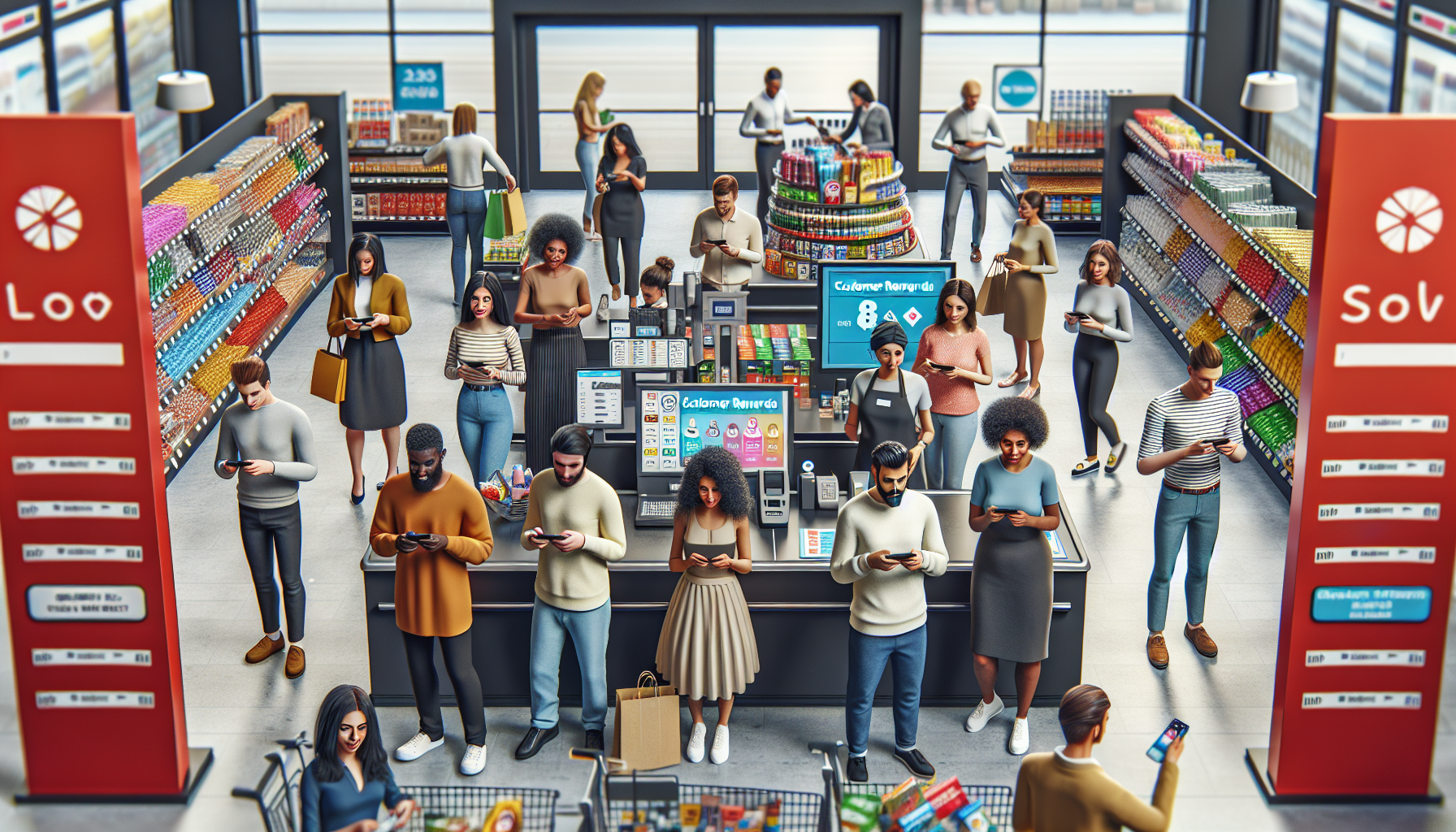
In this article, you'll learn about:
- The definition and types of loyalty platforms
- The benefits of implementing a loyalty card program
- How to analyze competitors' initiatives effectively
- Essential features of a good loyalty software solution
- Strategies for crafting your own winning loyalty program
- Insights into pricing models and integration with marketing efforts
Understanding these aspects will empower you to create a successful loyalty initiative that not only enhances customer satisfaction but also boosts your revenue.
Understanding Loyalty Platforms
Loyalty platforms are structured systems designed to enhance customer retention by offering rewards for repeat business. These platforms, also known as loyalty management software, enable businesses to efficiently track customer interactions and manage their loyalty programs.
Types of Loyalty Programs
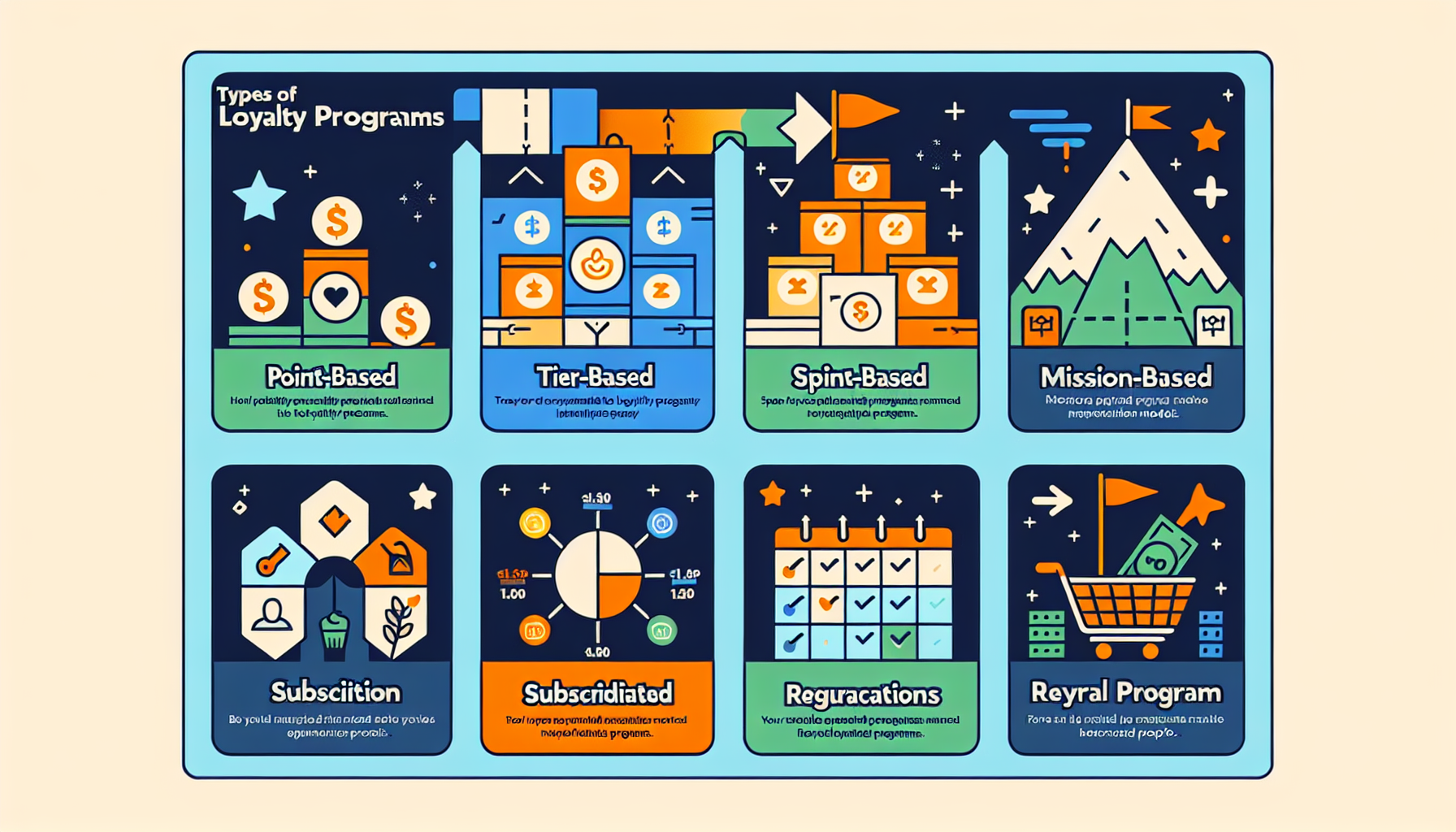
Businesses can adopt various types of loyalty programs tailored to their audience and goals:
- Point-Based Programs: Customers earn points for each purchase, which can be redeemed for discounts or free products.
- Tier-Based Programs: Participants achieve different reward levels based on their spending, offering exclusive benefits at each tier.
- Mission-Based Programs: Customers complete specific challenges or tasks to earn rewards, fostering engagement.
- Spend-Based Programs: Rewards are directly linked to the amount spent over a given period.
- Subscription Models: Customers pay a recurring fee for premium benefits, such as free shipping or exclusive access.
- Referral Programs: Incentives are provided for customers who refer new clients, expanding the customer base organically.
Key Features of Effective Loyalty Software
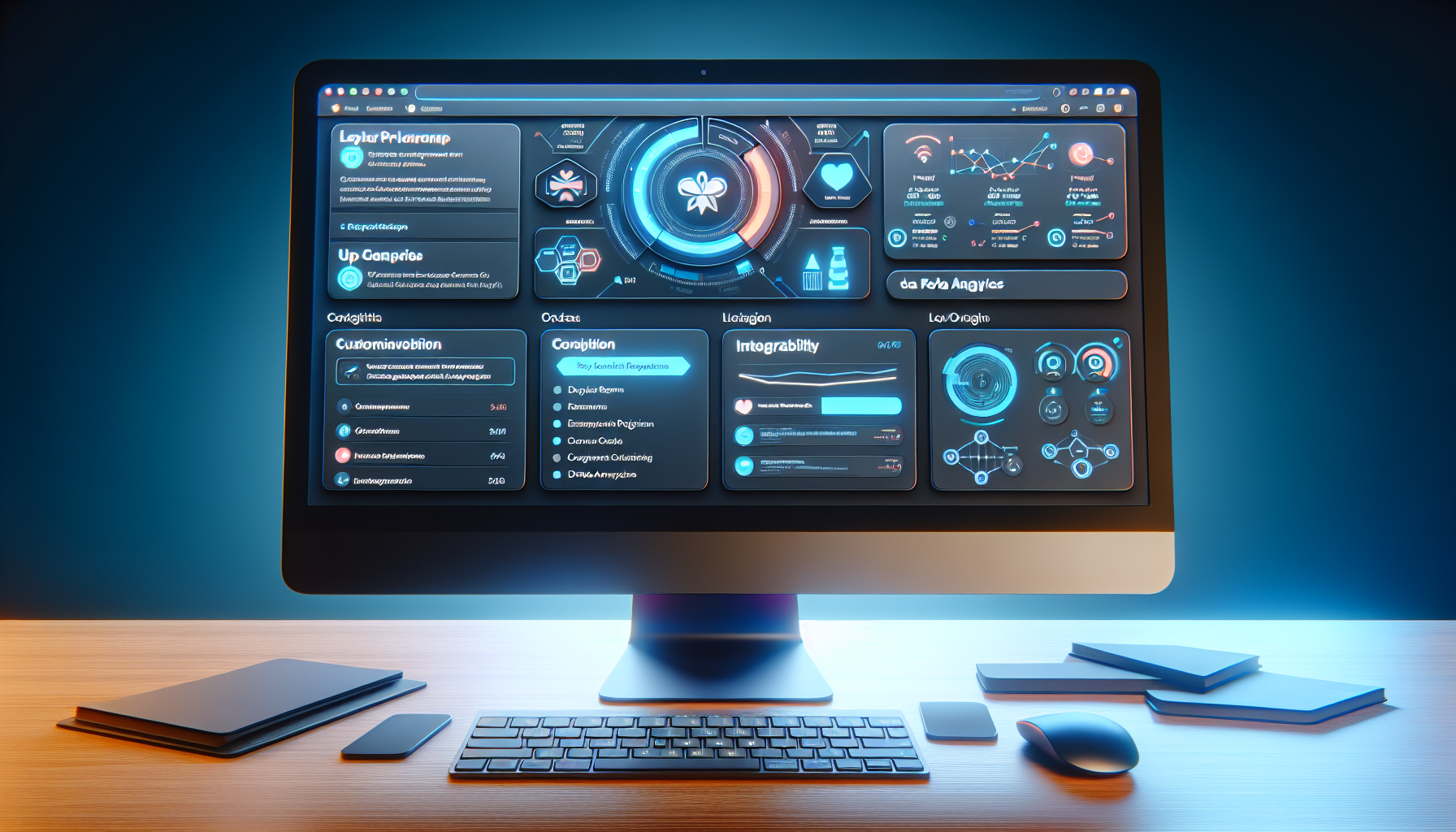
When selecting a loyalty platform, consider these essential features:
- User-Friendly Interface: A simple design encourages customer engagement and ease of use.
- Integration Capabilities: The platform should seamlessly integrate with existing systems, including CRM and e-commerce tools.
- Customizability: Brands benefit from the ability to tailor the program to fit their unique needs and branding.
- Data Analytics Tools: Advanced analytics allow businesses to track performance metrics and customer behaviors effectively.
- API-First Architecture: This facilitates easy integration with third-party applications, enhancing flexibility and scalability.
The right loyalty software solution empowers businesses to build meaningful connections with customers while driving revenue growth. By leveraging these platforms strategically, brands can create lasting relationships that keep customers coming back.
The Power of Loyalty Card Programs
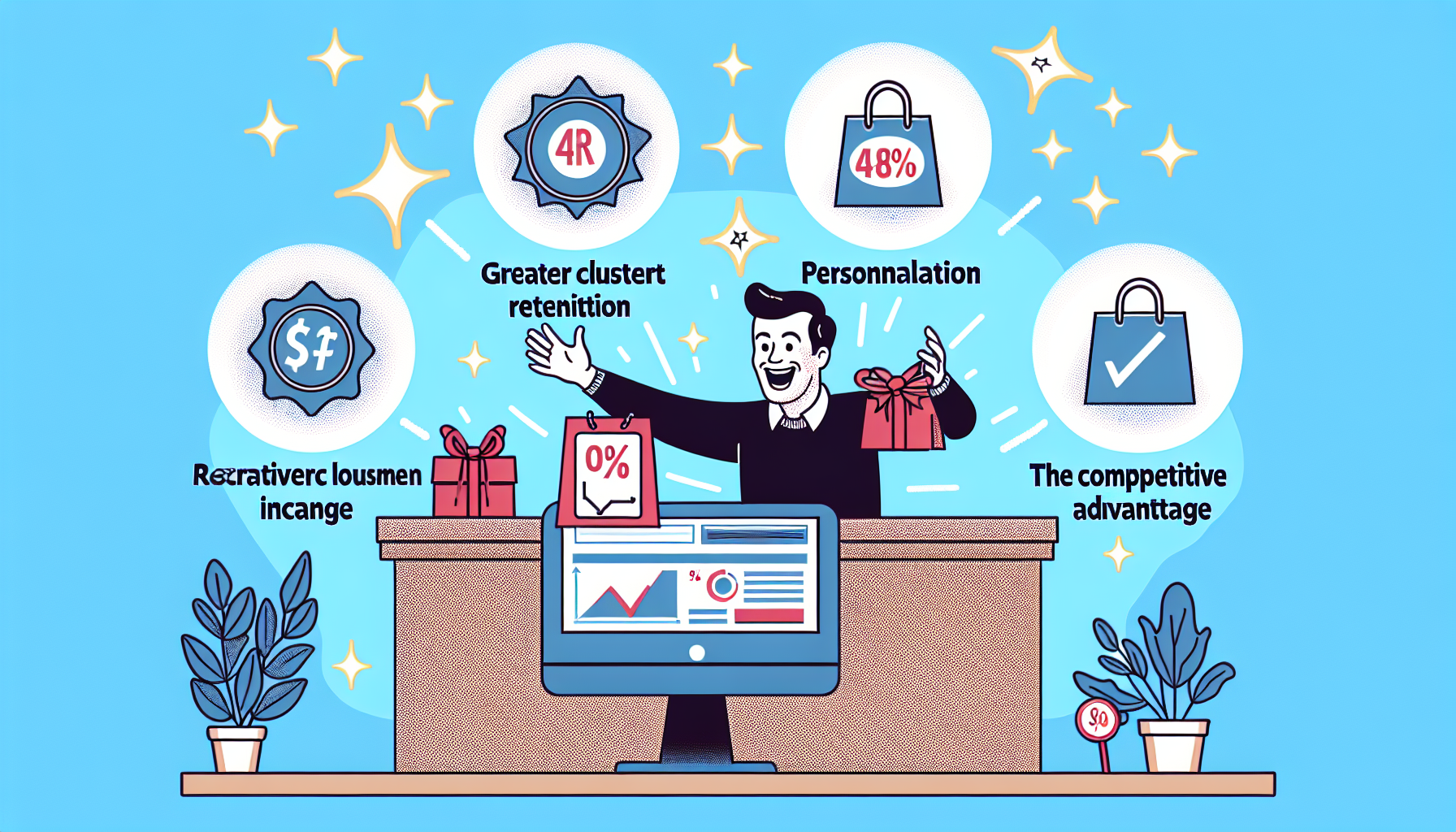
Loyalty card programs have undergone significant evolution since their inception in the late 20th century. Initially, physical loyalty cards served as a tangible means for retailers to reward their customers. Over time, the shift towards digital loyalty cards has transformed how businesses engage with their clientele. This transition reflects technological advancements and changing consumer preferences, fostering a more streamlined and accessible experience.
Benefits of Loyalty Card Programs
The increasing number of businesses launching new loyalty card programs can be attributed to several key factors:
- Enhanced Customer Retention: Businesses recognize that retaining existing customers is often more cost-effective than acquiring new ones. Retail loyalty programs incentivize repeat purchases by offering rewards that keep customers coming back.
- Personalization Opportunities: Digital loyalty cards enable tailored experiences based on customer behavior and preferences. This personalization enhances customer satisfaction and strengthens brand loyalty.
- Data Collection and Insights: Implementing these programs allows companies to gather valuable data on customer purchasing habits. Analyzing this information can inform future marketing strategies and product offerings.
- Competitive Edge: In a crowded marketplace, unique loyalty initiatives differentiate brands from competitors. Companies that adapt to consumer demands through innovative loyalty strategies stand out.
As businesses increasingly embrace these customer retention strategies, the potential for growth expands significantly. With the right tools and insights, companies can harness the full power of loyalty card programs to cultivate lasting relationships with their customers.
Analyzing Competitors' Loyalty Initiatives

Understanding how your competitors approach loyalty programs is crucial in developing a competitive edge. Here are some methods to effectively analyze their offerings:
1. Identify Competitor Programs
Start by listing key competitors within your industry. Investigate their loyalty card programs by visiting their websites, signing up for newsletters, or even becoming a member to gain firsthand experience.
2. Compare Different Loyalty Program Providers
Pay attention to the types of rewards they offer, such as points for purchases, tiered benefits, or exclusive access. Analyze the structure of their programs and how they engage customers.
3. Customer Segmentation
Examine how competitors segment their customer base. Look for personalized offers targeting specific demographics or behaviors, which can inform your own strategies.
Utilizing the right tools and metrics can enhance your analysis:
1. Analytics and Reporting Tools
Use software solutions that provide insights into competitor program performance. Tools like SimilarWeb or SEMrush can help gauge traffic sources and user engagement.
2. Social Media Listening
Monitor social media platforms for customer feedback on competitors' loyalty initiatives. Tools like Hootsuite or Brandwatch can track sentiment and highlight areas where your offering can stand out.
By leveraging these techniques, businesses can differentiate their loyalty platform from others in the market, ensuring a unique value proposition that resonates with customers while enhancing retention strategies.
Essential Features That Matter in Loyalty Software Solutions

When considering a customer rewards program software, several key features can significantly enhance the effectiveness of your loyalty initiatives. A well-rounded loyalty program can lead to improved customer retention and increased sales. Here are the essential features that businesses should prioritize:
1. Personalized Rewards
Tailoring rewards to individual customer preferences can increase engagement. By analyzing purchase history and behaviors, businesses can offer customized incentives that resonate with each customer.
2. Reward Points Systems
Implementing a structured points system encourages repeat purchases. Customers earn points for each transaction, which they can redeem for discounts or exclusive offers. This system not only motivates spending but also fosters a sense of achievement among customers.
3. Mobile Wallet Integration
As digital payments become increasingly prevalent, integrating your loyalty program with mobile wallets is crucial. Customers appreciate convenience, and allowing them to access their rewards through popular mobile payment platforms enhances user experience.
4. Customer Segmentation Tools
Effective loyalty programs leverage segmentation to target specific groups within their customer base. This allows businesses to tailor marketing efforts and reward offerings, maximizing relevance and appeal.
5. Analytics and Reporting Features
Analyzing the performance of your loyalty initiatives is vital for continuous improvement. Robust analytics tools enable businesses to track engagement levels, redemption rates, and overall program performance, facilitating data-driven decisions.
How to Leverage Customizable Solutions like Lealtad App for Your Business Needs?
Highly customizable solutions such as Lealtad App empower businesses to create tailored loyalty experiences that align with their brand identity and customer expectations. Here’s how leveraging this flexibility can enhance user experience:
1. Branding Options
Customize the look and feel of the loyalty program to match your brand's aesthetic. This creates a cohesive experience for customers across all touchpoints.
2. Flexible Reward Structures
Design unique reward systems that cater specifically to your business model. Whether it’s offering bonus points during promotional periods or implementing tiered rewards for loyal customers, customization allows you to innovate continually.
3. Tailored Communication Strategies
Use the platform's capabilities to send personalized messages and promotions based on customer behavior. Engaging customers through targeted communication increases the likelihood of participation in your loyalty program.
4. Integration Capabilities
Seamlessly connect with existing tools such as CRM systems or e-commerce platforms. This integration streamlines operations while providing a comprehensive view of customer interactions.
Utilizing these features ensures your loyalty program not only attracts customers but also sustains their interest over time. The adaptability provided by solutions like Lealtad App means you can remain competitive in an ever-evolving marketplace while enhancing long-term relationships with your customers.
Crafting Your Own Winning Loyalty Strategy with SaaS Loyalty Solutions Integration into CRM System

Creating effective customer retention strategies using SaaS loyalty solutions requires an integrated approach that combines technology with traditional CRM methodologies. Here’s a step-by-step guide to help you design a robust loyalty platform:
1. Define Objectives
Establish clear goals for your loyalty program. Consider what success looks like in terms of customer engagement, repeat purchases, and overall satisfaction.
2. Understand Your Audience
Conduct research to identify customer preferences and behaviors. Tailor your loyalty offerings to meet the needs and expectations of your target demographic.
3. Select the Right SaaS Loyalty Solution
Evaluate various platforms based on features, scalability, and ease of integration with existing CRM systems. Look for solutions that allow customization to reflect your brand identity.
4. Integrate with CRM
Seamlessly connect your loyalty program with your CRM system. This integration facilitates data sharing, enabling personalized communication and targeted marketing efforts.
5. Design Reward Structures
Create appealing reward schemes that motivate customers to engage more frequently. Options can range from point accumulation to tiered rewards or exclusive offers.
6. Implement Data Analytics
Leverage analytics tools within your SaaS solution to monitor program performance and gather insights on customer behavior. Use this data to refine strategies continuously.
7. Monitor and Adjust
Regularly assess the effectiveness of your loyalty strategy against set objectives. Be willing to adapt programs based on feedback and changing market dynamics.
By following these steps, businesses can craft a winning loyalty strategy that not only leverages technology but also fosters deeper connections with customers, driving sustained growth through enhanced engagement and satisfaction.
Incorporating advanced technologies such as these can significantly enhance the effectiveness of your loyalty platform by improving data handling capabilities which are crucial for personalized marketing efforts.
Moreover, utilizing loyalty program software can serve as a powerful marketing tool, helping businesses streamline their operations while providing an improved customer experience.
Lastly, as mobile usage continues to rise, integrating mobile loyalty programs into your strategy could further increase customer engagement by providing them with convenient access to their rewards and personalized offers directly from their smartphones.
Integrating Marketing Efforts with Your Loyalty Programs: Strategies That Work!

Aligning marketing strategies with customer rewards initiatives can significantly enhance the effectiveness of your loyalty program. Here are practical tips to achieve seamless integration:
1. Consistent Messaging
Ensure that marketing materials clearly communicate the benefits of your loyalty program. Highlight unique rewards and exclusive offers to entice customers.
2. Utilize Multiple Channels
Leverage various platforms—social media, email marketing, and in-store promotions—to reach customers at different touchpoints. This multi-channel approach reinforces brand visibility and loyalty program awareness.
3. Engage Customers Through Content
Create engaging content that not only showcases your loyalty offerings but also educates customers on how to maximize their rewards. Share stories, testimonials, or case studies to build trust.
4. Incorporate Feedback Loops
Encourage customers to share their experiences with your loyalty program. Use surveys or social media polls to gather insights and continuously improve the program based on customer preferences.
5. Promote Exclusivity
Consider offering time-sensitive promotions or exclusive rewards for loyalty members to create urgency. This strategy enhances participation and drives repeat business.
Implementing these marketing strategies for successful integration with customer rewards initiatives can lead to increased engagement and higher retention rates.
Navigating Pricing Models When Choosing the Right Loyalty Platform Provider For Your Business Needs
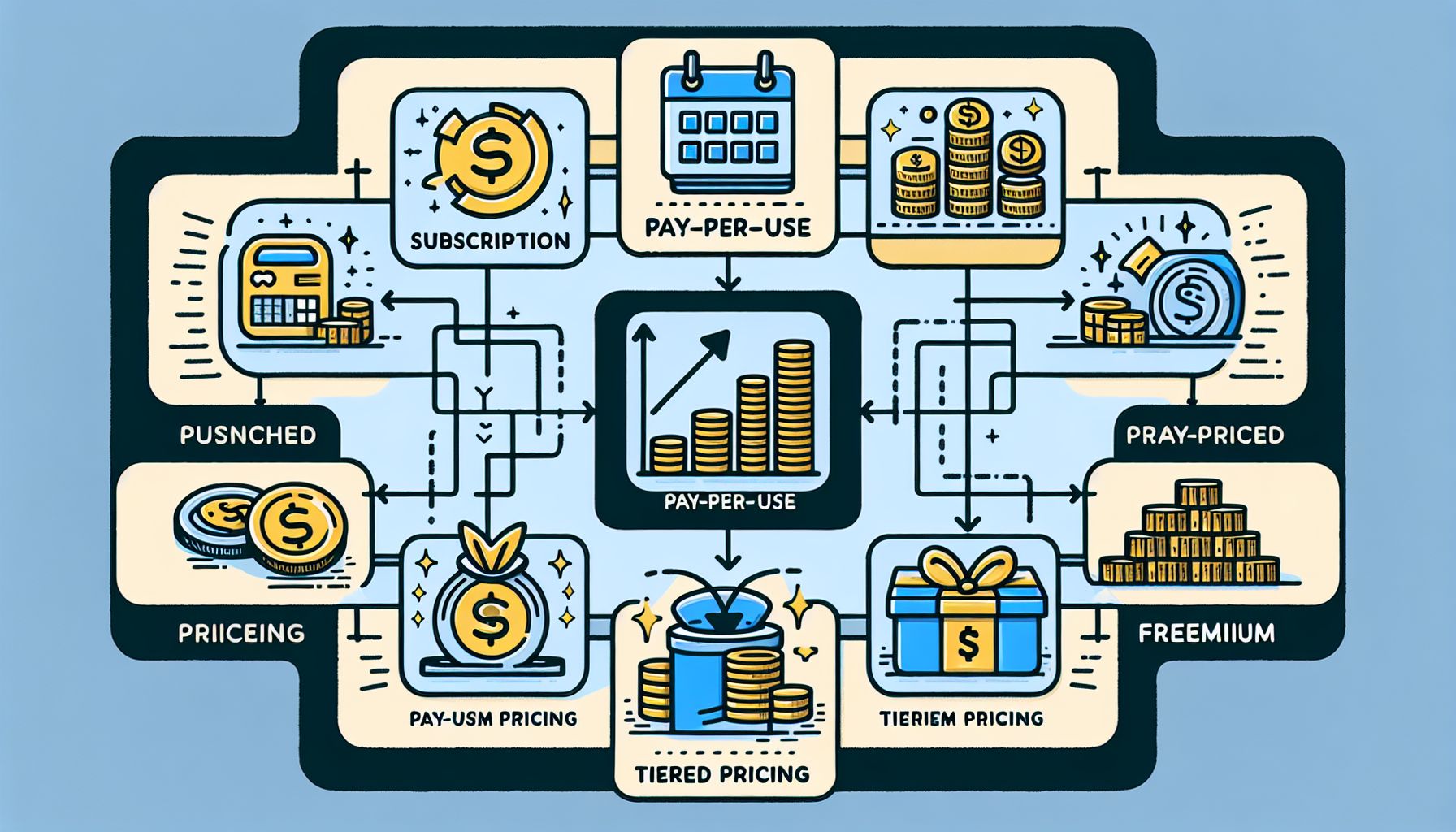
Understanding pricing considerations is essential when selecting a suitable vendor offering comprehensive solutions for your loyalty program. Various pricing structures exist, each tailored to different business needs:
1. Subscription-Based Pricing
Monthly or annual fees that provide access to the platform's features. Ideal for businesses that prefer predictable expenses.
2. Pay-Per-Use
Charges based on actual usage of the platform. This model suits companies with fluctuating customer engagement levels.
3. Tiered Pricing
Different levels of service at varying price points. Great for small businesses looking to scale their loyalty programs as they grow.
4. Freemium Models
Basic services offered for free, with premium features available for a fee. Useful for testing platforms without initial investment.
When considering a loyalty platform, focus on these key aspects:
- Scalability: Ensure the provider can grow with your business.
- Customizability: Look for options that allow you to tailor the program to meet your specific goals and customer preferences.
- Support and Resources: Evaluate the level of customer support provided, which is crucial in maximizing your investment.
For small enterprises launching their first loyalty initiative, start by evaluating vendors offering flexible pricing plans. This approach enables you to find a solution that aligns with your budget while still delivering significant value. Investing time in this process sets a solid foundation for your loyalty program's success, ultimately enhancing customer engagement and retention.
Loyalty with Lealtad: Next-Gen Customer Engagement Strategies Through Technology Like Data Analytics & AI-Powered Automation Tools with Lealtad App!
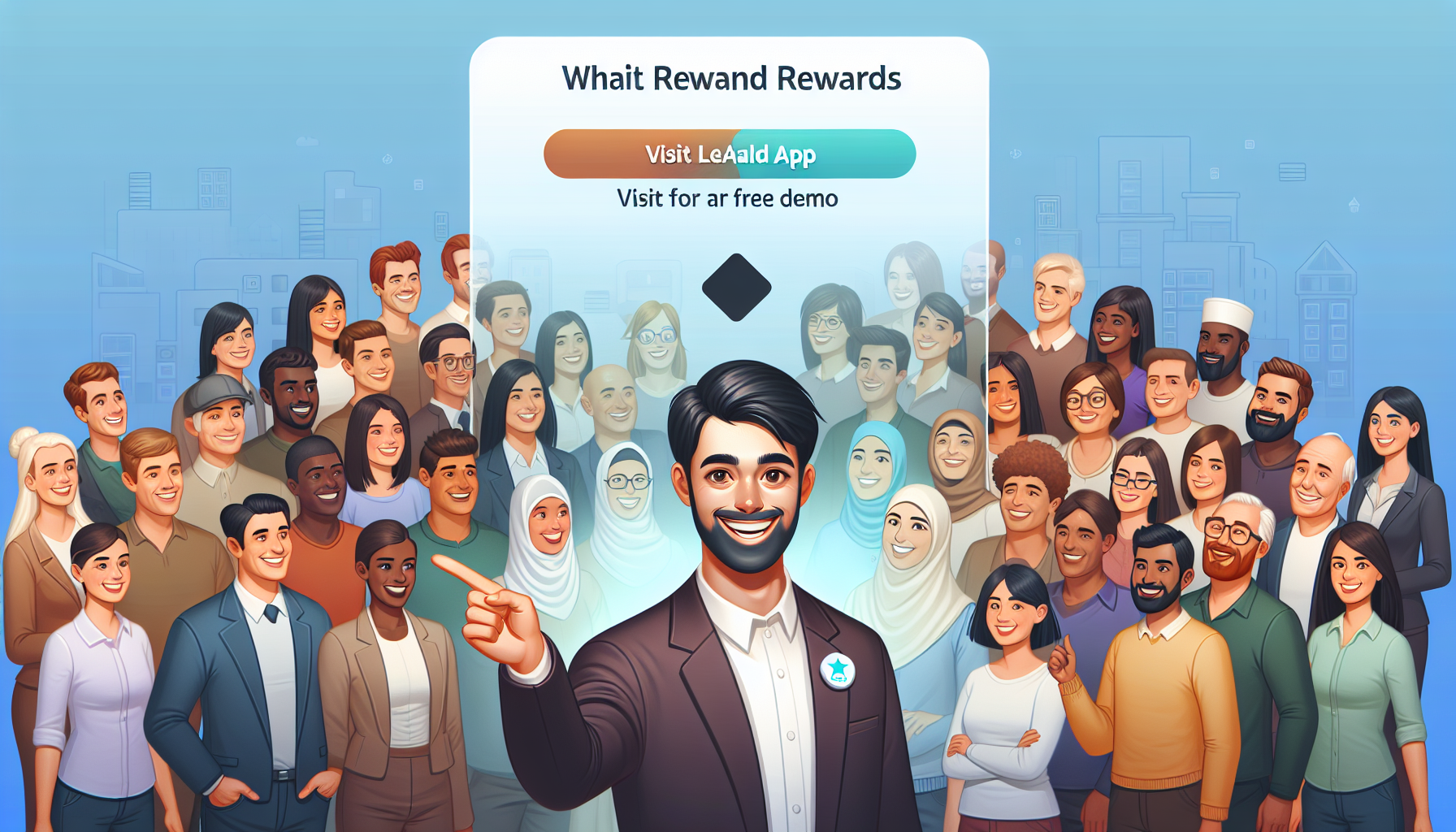
The world of customer loyalty is changing rapidly, thanks to technology. Businesses now understand the value of using data analytics and AI-powered automation tools in their loyalty programs. These new technologies provide valuable information that can transform how companies connect with their customers.
Key Trends to Watch
Here are some important trends to keep an eye on:
- Personalization: Tailored experiences enhance customer satisfaction. By analyzing consumer behavior, companies can provide personalized rewards and offers that resonate with individual preferences.
- Omni-channel Experience: Customers expect seamless interaction across multiple channels. Loyalty programs must integrate online and offline touchpoints to provide a cohesive experience.
- Sustainability Initiatives: Modern consumers are gravitating towards brands that prioritize sustainability. Incorporating eco-friendly practices into loyalty programs can attract environmentally conscious customers.
- Mobile Integration: With the rise of smartphone usage, mobile-friendly loyalty programs are essential. Apps like Lealtad facilitate easy access to rewards, driving engagement through convenience.
Actionable Insights for Successful Adaptation
Here are some practical tips for adapting to these changes:
- Invest in Data Analytics: Utilize data to track customer interactions and preferences. This information is vital for crafting targeted marketing campaigns.
- Automate Processes: Implement automation tools within your loyalty platform to streamline operations, ensuring timely communication and reward distribution.
- Engage Customers Continuously: Regularly update customers about their loyalty status and available rewards. This keeps them actively involved with your brand.
- Incorporate Feedback Mechanisms: Encourage customers to provide feedback on their experiences with your loyalty program. This helps in refining offerings based on real-time insights.
The future looks promising for businesses willing to embrace these changes. By adopting innovative solutions like the Lealtad App, companies can stay competitive and improve customer retention and satisfaction.
Ready to take your business to the next level? Visit the Lealtad App website today to book a free strategy demo session and sign up for an account. With our app, you can create and launch your own custom-branded digital loyalty program in less than 10 minutes!
FAQs (Frequently Asked Questions)
What are loyalty platforms and how do they benefit businesses?
Loyalty platforms are software solutions designed to manage customer loyalty programs, enhancing customer engagement and retention. They allow businesses to implement various types of loyalty programs, track customer interactions, and analyze data to optimize their strategies.
What is the significance of loyalty card programs in today's market?
Loyalty card programs have evolved from physical cards to digital versions, providing businesses with effective tools for customer retention. These programs are increasingly popular as they offer personalized rewards and encourage repeat purchases, ultimately enhancing customer loyalty.
How can I analyze my competitors' loyalty initiatives?
To effectively analyze competitors' loyalty offerings, you can utilize tools like customer segmentation analytics and performance metrics. This helps identify strengths and weaknesses in their programs, allowing you to differentiate your own offerings strategically.
What essential features should I look for in a loyalty software solution?
Key features to consider include personalized rewards systems, mobile wallet integration, customizable solutions, and robust analytics capabilities. These elements are crucial for creating an effective customer rewards program that meets your business needs.
How can SaaS loyalty solutions be integrated into existing CRM systems?
Integrating SaaS loyalty solutions into CRM systems involves designing a cohesive business strategy that combines both technologies. This integration allows for enhanced data management and improved customer insights, leading to more effective retention strategies.
What should I consider regarding pricing models when choosing a loyalty platform provider?
When selecting a loyalty platform provider, it's important to understand various pricing structures available in the market. Consider factors such as scalability, features offered, and total cost of ownership to ensure that the solution aligns with your budget and business goals.
